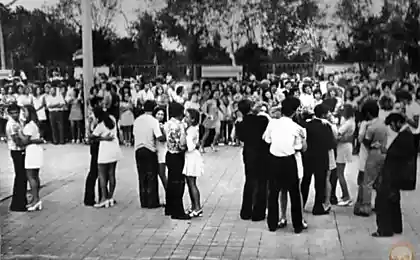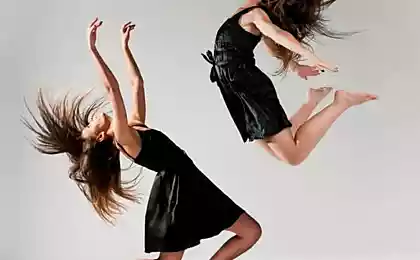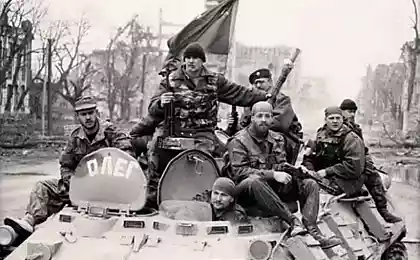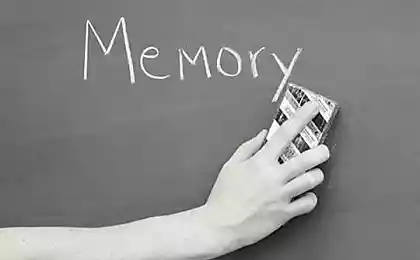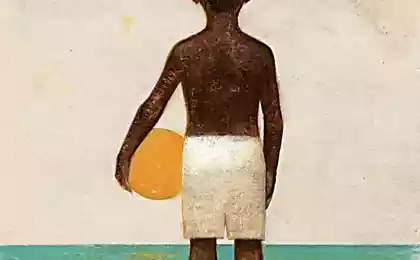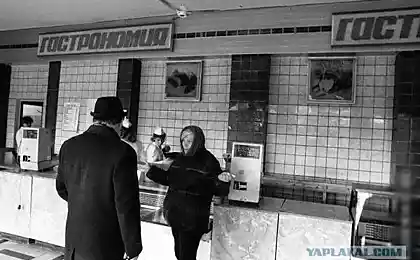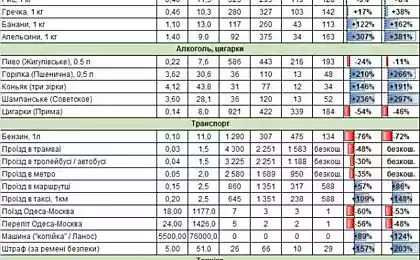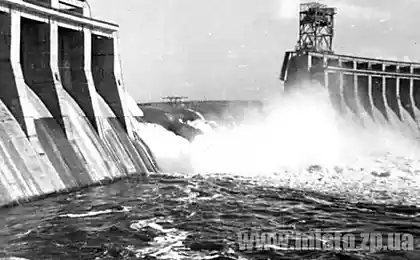224
What were discotheques in the USSR and what hits danced Soviet youth
Youth is as fleeting as your favorite song. That's just the song can be put on repeat, and youth, alas, can not be returned. One cold winter evening, I caught my eye a selection of music from the 80s and 90s. So I decided to have a remembrance night. Oh, that was fun. disco In a city park.
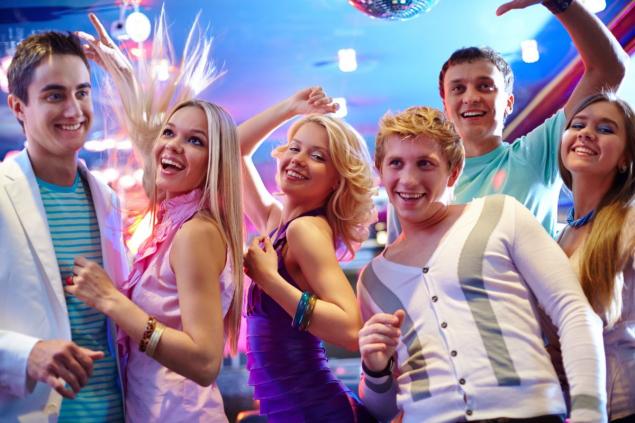
Discotheques appeared much later, somewhere in the nineties. My friends and I went to the dance. There were dances every Saturday in the city. In summer in the open area in the park, in winter in the house of culture. The entrance cost only 50 kopecks, so almost every weekend we met with our girl group. One we never went, it was not accepted somehow. We were all collective back then. We talked, joked, met girlfriends, discussed fashion, news and books.
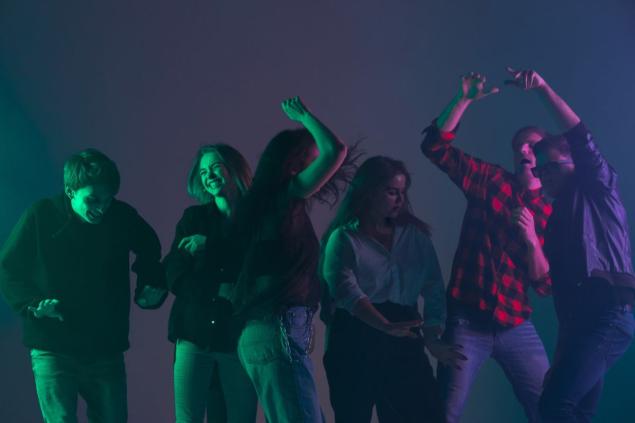
By the way, with the cavaliers met at the dance. Then there was no Internet, gadgets and social networks. We met at stops, at work or at dance. It was at the dance that most Soviet families laid the first brick of the future cell of society. And it went something like this. The girls wore their best outfits or rented from a girlfriend. I remember we all gathered together at someone’s house and each brought their best outfits. And then we collectively chose who would do what. It was funny and fun.
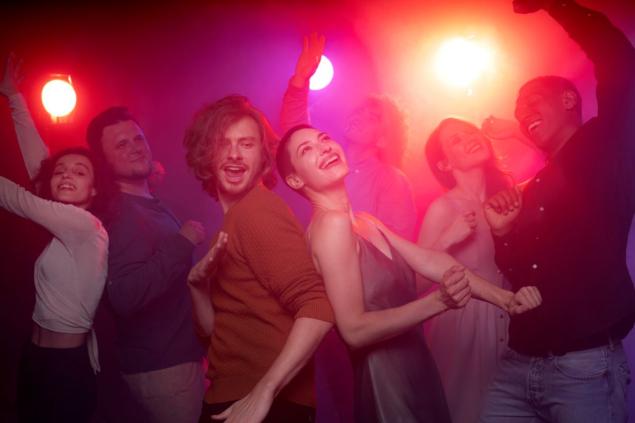
The boys were also very responsible in preparing for the dance. In our time, it was not customary to walk untidy. Somehow always tried in clean, ironed, even if simple, but necessarily clean. So the guys tried to impress the girl they liked. And fashion in the 80s was already diverse and everyone tried to stand out from the crowd. Of course, the girls did not agree to a slow dance with the first person they met. There must have been sympathy on the dance floor.

Dance is the foundation of a family. Now you can find a selection of dance hits on YouTube to understand the atmosphere. No, she had to live. My mother told me that their dances of the 60s and 70s were to live music. As a rule, the local vocal-instrumental ensemble came to the dances and played their own songs or rehearsed fashion performers. Our dances were more tape-recorded. There were necessarily two tape recorders, because the process of rewinding the cassette film was long and it was still necessary to guess and get to the beginning of the desired composition. Large speakers so that the music is spread throughout the dance floor and necessarily some kind of color music, often even homemade.
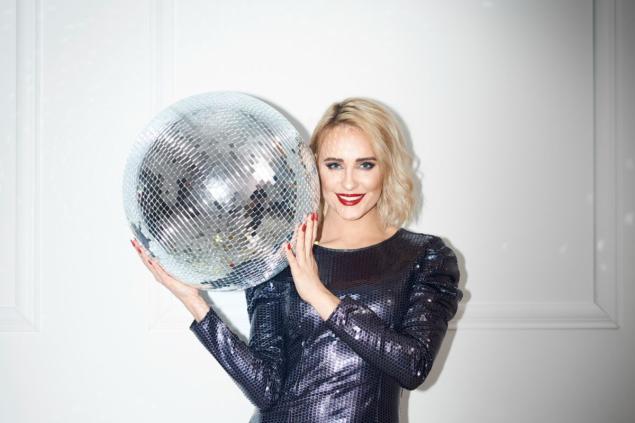
The music was played, as they called it, by a jockey. He was the most influential person in the dance. His mood depended on what hits would be played, he rewinded the tape and announced which song would be the next. The coolest dancers were those who knew the jockey’s disc personally. Then you could come up to him and ask him to play a favorite song or congratulate someone on the holiday. Songs disc jockey, as a rule, put strictly on the playlist, which brought the Komsomol party. To retreat from this playlist was not desirable.
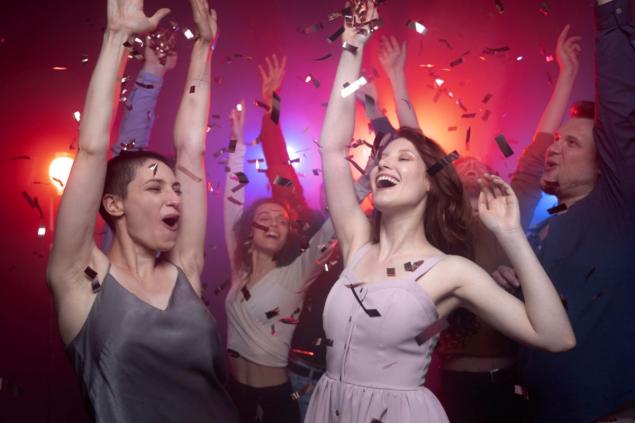
In the 80s in the USSR there were many interesting performers and groups. In fashion came the rock, which of course did not like the government. Under the ban were often such performers as DDT, Kino, Aquarium, Nautilus. The Western stage was also heavily censored. Tina Turner, AC/DC, Kiss, Scorpions, you can listen to them all you want. At the same time, our authorities protected us from the influence of the decaying West. Shanson has never sounded on dance floors either. But Alla Pugacheva, Valery Leontiev, Yuri Antonov and others sounded regularly. But we loved it, the songs were energetic and fun.
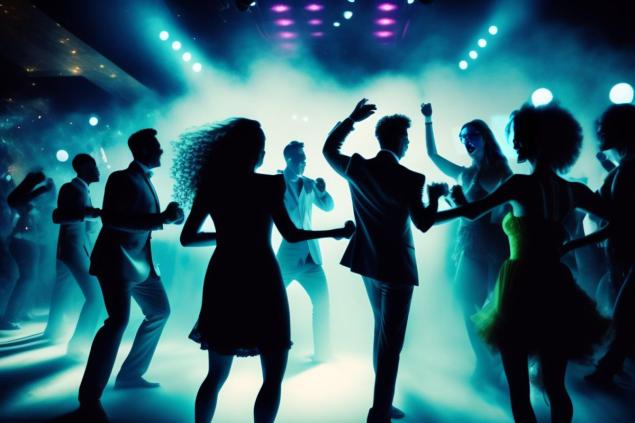
With the collapse of the Union, dances were replaced by discotheques, and in the playlists, more and more foreign performers began to sound. A lot has changed besides the songs. Young people have different preferences and aspirations. It's not bad or good, it should be. Everyone has their own unforgettable youth and their own views on life. Do you remember your dances at the disco? Write in the comments your memories of youth.

Discotheques appeared much later, somewhere in the nineties. My friends and I went to the dance. There were dances every Saturday in the city. In summer in the open area in the park, in winter in the house of culture. The entrance cost only 50 kopecks, so almost every weekend we met with our girl group. One we never went, it was not accepted somehow. We were all collective back then. We talked, joked, met girlfriends, discussed fashion, news and books.

By the way, with the cavaliers met at the dance. Then there was no Internet, gadgets and social networks. We met at stops, at work or at dance. It was at the dance that most Soviet families laid the first brick of the future cell of society. And it went something like this. The girls wore their best outfits or rented from a girlfriend. I remember we all gathered together at someone’s house and each brought their best outfits. And then we collectively chose who would do what. It was funny and fun.

The boys were also very responsible in preparing for the dance. In our time, it was not customary to walk untidy. Somehow always tried in clean, ironed, even if simple, but necessarily clean. So the guys tried to impress the girl they liked. And fashion in the 80s was already diverse and everyone tried to stand out from the crowd. Of course, the girls did not agree to a slow dance with the first person they met. There must have been sympathy on the dance floor.

Dance is the foundation of a family. Now you can find a selection of dance hits on YouTube to understand the atmosphere. No, she had to live. My mother told me that their dances of the 60s and 70s were to live music. As a rule, the local vocal-instrumental ensemble came to the dances and played their own songs or rehearsed fashion performers. Our dances were more tape-recorded. There were necessarily two tape recorders, because the process of rewinding the cassette film was long and it was still necessary to guess and get to the beginning of the desired composition. Large speakers so that the music is spread throughout the dance floor and necessarily some kind of color music, often even homemade.

The music was played, as they called it, by a jockey. He was the most influential person in the dance. His mood depended on what hits would be played, he rewinded the tape and announced which song would be the next. The coolest dancers were those who knew the jockey’s disc personally. Then you could come up to him and ask him to play a favorite song or congratulate someone on the holiday. Songs disc jockey, as a rule, put strictly on the playlist, which brought the Komsomol party. To retreat from this playlist was not desirable.

In the 80s in the USSR there were many interesting performers and groups. In fashion came the rock, which of course did not like the government. Under the ban were often such performers as DDT, Kino, Aquarium, Nautilus. The Western stage was also heavily censored. Tina Turner, AC/DC, Kiss, Scorpions, you can listen to them all you want. At the same time, our authorities protected us from the influence of the decaying West. Shanson has never sounded on dance floors either. But Alla Pugacheva, Valery Leontiev, Yuri Antonov and others sounded regularly. But we loved it, the songs were energetic and fun.

With the collapse of the Union, dances were replaced by discotheques, and in the playlists, more and more foreign performers began to sound. A lot has changed besides the songs. Young people have different preferences and aspirations. It's not bad or good, it should be. Everyone has their own unforgettable youth and their own views on life. Do you remember your dances at the disco? Write in the comments your memories of youth.
After a long winter, there is no force, a familiar nutriciologist advised to feed on a special scheme.
Day after day I would come home and see my wife lying on the couch with her phone, and one day I got tired of it.











